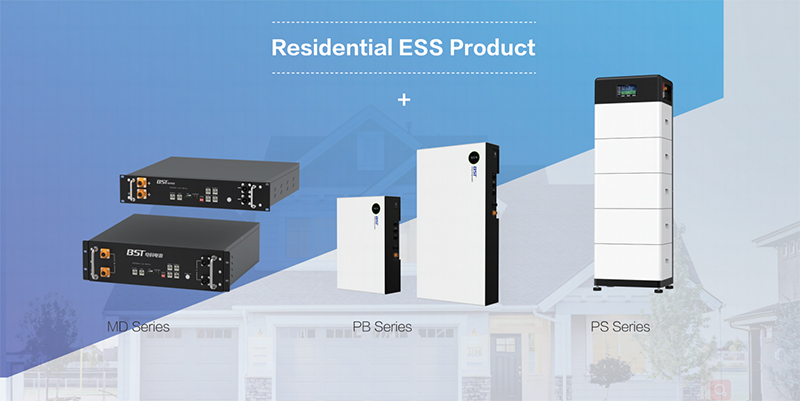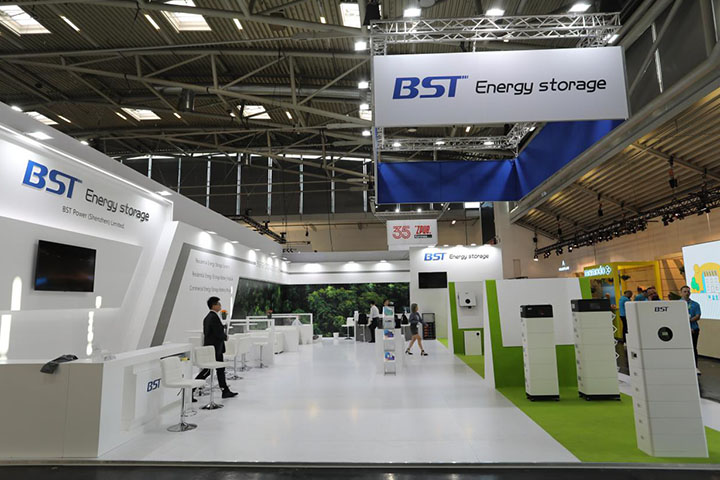LiFePO4 (Lithium Iron Phosphate) batteries, especially the 3.2V type, are widely used in industrial, commercial, and residential energy storage systems. Whether you’re a battery integrator, system developer, solar storage solution provider, or EV component buyer, understanding how to test 3.2V LiFePO4 batteries is essential for ensuring system performance, safety, and long-term reliability.
This article provides a step-by-step testing guide tailored for B2B users. It explains the purpose and importance of each test, the required equipment, and how to interpret the results to improve your quality assurance process.
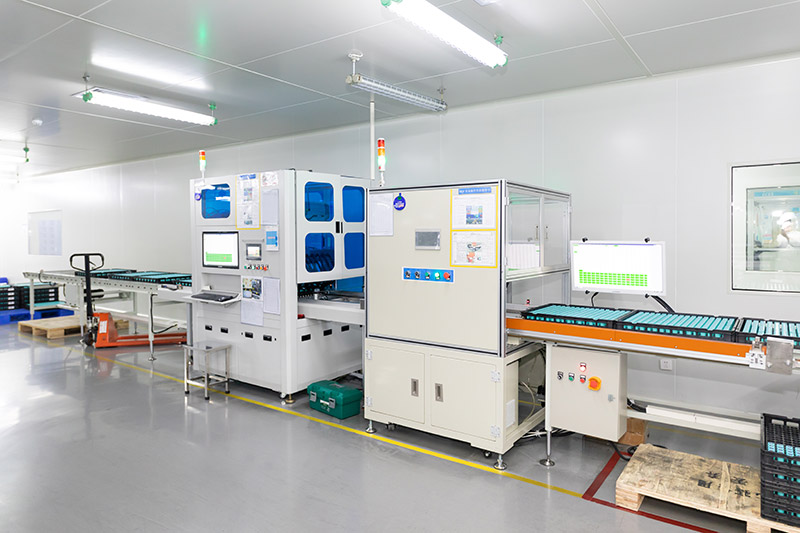
🔍 Why Is Testing 3.2V LiFePO4 Battery So Important for B2B Applications?
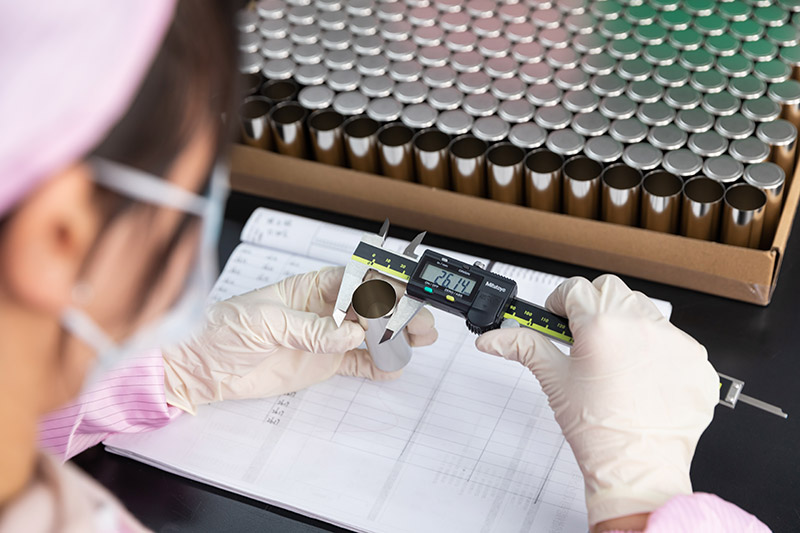
For B-side clients, such as ESS integrators, solar EPCs, or OEM manufacturers, testing is not just a precaution—it’s a core part of quality control (QC) and supply chain risk management. Testing enables you to:
- ✔️ Detect factory defects or transportation damage
- ✔️ Verify battery consistency across batches
- ✔️ Evaluate actual vs. rated performance
- ✔️ Ensure compatibility with your BMS or PCS system
- ✔️ Prevent early-stage system failure or warranty claims
Whether you’re importing cells for assembly or using them in ESS cabinets, every 3.2V LiFePO4 cell must pass basic functional tests before deployment.
🧰 Essential Tools for LiFePO4 Battery Testing
Before testing, prepare the following equipment:
| Tool | Description | Purpose |
|---|---|---|
| Digital Multimeter (DMM) | Measures DC voltage and continuity | Voltage test |
| Battery Capacity Tester or Analyzer | Provides automated charge/discharge cycles | Capacity & cycle life |
| Programmable DC Load | Sets controlled discharge current | Load testing |
| LiFePO4-Compatible Charger | Charges up to 3.65V max safely | Safe charging |
| Internal Resistance Meter | Measures internal cell resistance (mΩ) | Cell health |
| Thermometer or Infrared Camera | Monitors temperature during testing | Safety monitoring |
| BMS Testing Board or Fixture | Optional for full pack testing | System integration |
🧪 Detailed Test Procedures
✅ Step 1: Visual and Safety Inspection
Before connecting anything, visually check:
- Battery case: No cracks, swelling, or leakage
- Terminals: No oxidation, deformation, or looseness
- QR Code or Serial Number: Ensure traceability and batch tracking
- Label: Check if specifications match your design (3.2V, 100Ah, etc.)
⚠️ If the battery is damaged or swollen, do not proceed. Mark it as NG (No Good) and isolate it.
✅ Step 2: Open Circuit Voltage (OCV) Test
The OCV helps determine the battery’s state of charge (SOC) and shipping condition.
Procedure:
- Set the multimeter to DC voltage.
- Connect red probe to the + terminal, black to the – terminal.
- Record the voltage.
Reference Table:
| Voltage | Battery Condition |
|---|---|
| 3.60V – 3.65V | Fully charged |
| ~3.20V | 50% charged (nominal) |
| <2.80V | Deep discharge – risky |
| <2.50V | Below cutoff – reject |
🔧 Best practice: Incoming cells should have OCV between 3.25V–3.35V for safe transport and storage.
✅ Step 3: Internal Resistance Test (Impedance Check)
Internal resistance reflects the health and age of the cell. It impacts the ability to deliver high current and resist heating.
Procedure:
- Use a milliohm meter or resistance tester.
- Connect test clips to both terminals.
- Wait for a stable reading.
Reference Values (for new 3.2V LiFePO4 cells):
| Capacity (Ah) | Typical Resistance |
|---|---|
| 20Ah – 50Ah | 0.8 – 1.5 mΩ |
| 100Ah – 280Ah | 0.2 – 0.6 mΩ |
| >300Ah | <0.2 mΩ |
⚠️ If internal resistance is 2–3× higher than average, the cell may be defective or aged.
✅ Step 4: Charge the Battery Fully (Pre-Discharge Test)
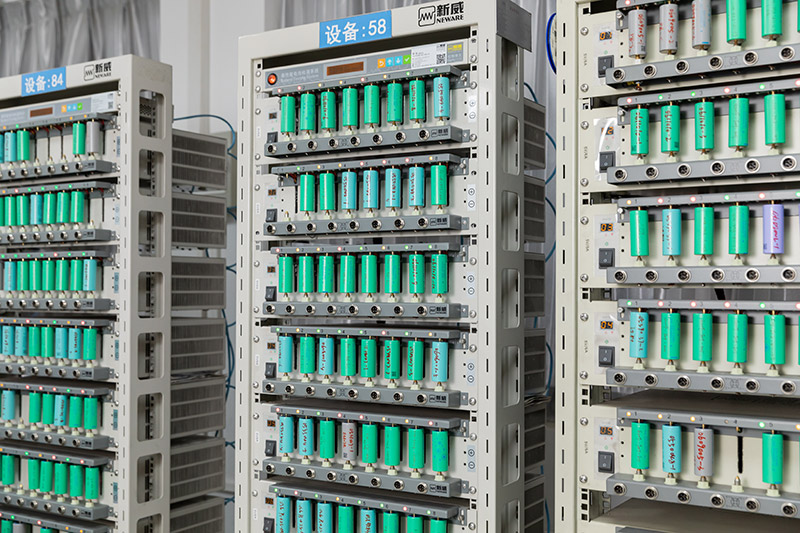
To test capacity, the battery must be fully charged first.
Procedure:
- Use a LiFePO4-compatible charger.
- Charge the cell to 3.65V using a 0.5C current (e.g., 50A for a 100Ah cell).
- Stop charging when current drops to 0.02C or voltage reaches 3.65V and stabilizes.
🔋 Never charge a 3.2V LiFePO4 battery above 3.65V. Overcharging leads to thermal runaway.
✅ Step 5: Capacity Test (Discharge Test)
This test checks if the cell provides its rated capacity under standard load.
Procedure:
- Use a programmable DC load or analyzer.
- Set constant current discharge (e.g., 0.5C or 1C).
- Cut off at 2.5V (LiFePO4 minimum voltage).
- Log time and calculate capacity.
Capacity Formula:
Capacity (Ah) = Discharge Current (A) × Discharge Time (h)
Example:
A 100Ah battery discharges at 50A for 2 hours = 100Ah (Pass)
Acceptance Criteria:
- ≥ 95% of rated capacity = ✅
- 85–94% = ⚠️ Monitor or downgrade
- < 85% = ❌ Reject
✅ Step 6: Self-Discharge / Charge Retention Test (Optional)
This test is useful for long-term projects or shipment acceptance.
Procedure:
- Fully charge battery to 3.65V.
- Disconnect and store for 7 days at room temperature.
- Measure voltage again.
Expected Result:
- Voltage drop < 0.03V over 7 days
- Large drops indicate micro-leaks or internal short
📊 Summary Table for Battery Testing Standards
| Test Item | Method | Good Value | Notes |
|---|---|---|---|
| OCV | Multimeter | 3.2V–3.35V (new stock) | Lower OCV may indicate self-discharge |
| Internal Resistance | Milliohm Meter | < 0.6 mΩ (100Ah) | Aging cells show >1.0 mΩ |
| Charge Voltage | Charger | 3.65V max | Use LiFePO4 charger only |
| Capacity | Discharge to 2.5V | ≥ 95% rated Ah | Use 0.5C–1C current |
| Retention | Store 7 days | ≤ 0.03V drop | Optional but recommended |
🔐 Safety Guidelines
- 🔥 Do not overcharge (>3.65V) or over-discharge (<2.5V)
- ❄️ Keep away from high heat or open flames
- ⚠️ Avoid short-circuiting or incorrect polarity
- ⚡ Use proper PPE (gloves, goggles) during testing
- 🧯 Always keep a Class D fire extinguisher near your test station
🏭 Conclusion: Why Battery Testing Is a Must-Have for B2B Buyers
In commercial and industrial use cases, especially in the ESS (Energy Storage Systems), telecom backup, solar hybrid, and EV sectors, testing 3.2V LiFePO4 cells ensures:
- ⚙️ Product consistency
- 🔍 Predictable performance
- 📉 Reduced failure rate
- 📦 Lower return/warranty costs
- 📈 Improved customer satisfaction
Whether you’re sourcing from a local distributor or importing container-loads from overseas, make battery testing part of your standard operating procedure (SOP).
✅ Partner with BST Power – 22 Years of Quality Assurance in LiFePO4
As a professional manufacturer with 22 years of experience, BST Power provides:
- ✅ 100% testing of all LiFePO4 cells before shipment
- ✅ Full test reports (OCV, IR, Capacity)
- ✅ Custom voltage/capacity binning for consistency
- ✅ Pack assembly and OEM/ODM services
- ✅ Certificates: UL, CE, UN38.3, RoHS
🔗 Contact us today for samples, technical datasheets, or to schedule a factory audit.
